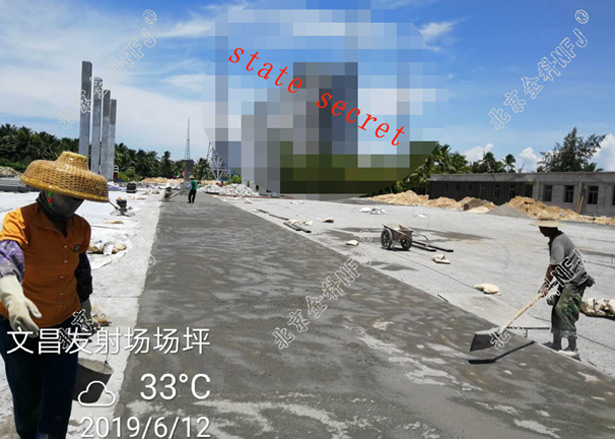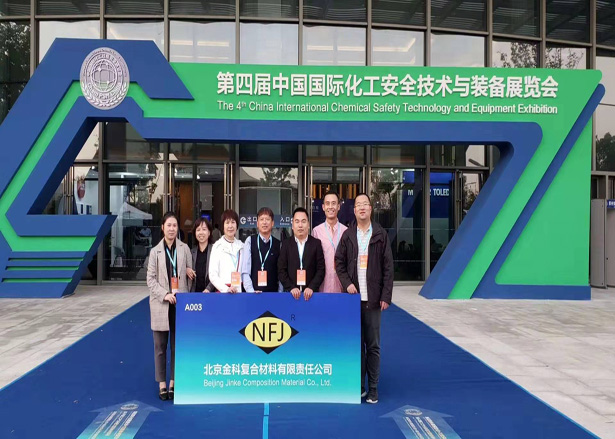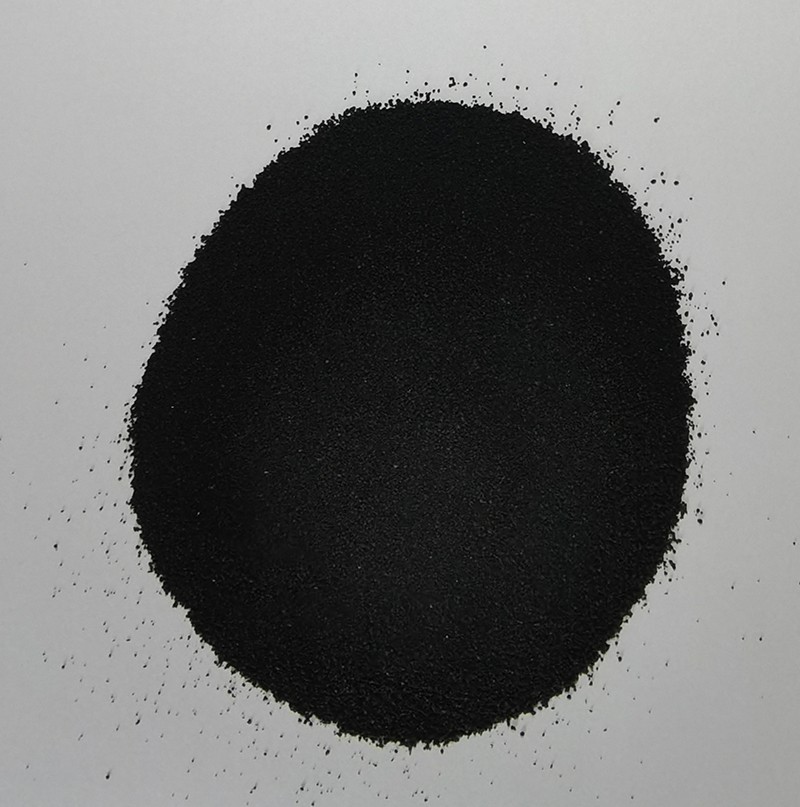Heat-resistant friction powders are specialized materials engineered to withstand extreme temperatures while providing effective frictional properties. Commonly used in various applications, including automotive brake systems, clutches, and industrial machinery, these powders play a crucial role in ensuring safety and performance in high-stress environments. The formulation of heat-resistant friction powders involves a careful selection of materials, often incorporating a blend of organic and inorganic compounds designed to optimize stability, durability, and performance under thermal stress.
The primary functionality of these powders is to convert kinetic energy into heat through friction, which can generate significant thermal buildup during operation. Therefore, the development of heat-resistant friction materials necessitates an extensive understanding of material science, engineering, and production techniques. Typical components include aramid fibers, carbon black, and various resin systems that enhance thermal stability and reduce wear. These additives are critical for improving the thermal conductivity, load-bearing capacity, and overall resilience of the friction product.
Expertise in this field is essential, as the performance of heat-resistant friction powders directly impacts the operational efficiency and safety of the equipment in which they are used. Manufacturers often conduct rigorous testing to assess the powders' performance under simulated high-temperature conditions, ensuring that they maintain their integrity and functional characteristics over prolonged use. Various industry standards, including ISO and SAE guidelines, govern the properties and testing methods of these materials, reflecting the necessity for compliance and reliability.
Experience in formulating and processing these specialized powders is also vital, as the slightest variations in composition or production methods can significantly influence their effectiveness. As the demand for high-performance materials continues to rise in sectors such as automotive, aerospace, and heavy machinery, the innovation in heat-resistant friction powders also evolves, incorporating advanced technologies like nanomaterials and smart composites.
Authoritative sources, including industry publications and technical research papers, provide insights into the latest trends and advancements in this field. These works contribute to a collective understanding of the applications and future directions of heat-resistant friction powders, emphasizing their growing role in sustainable manufacturing and high-efficiency systems. Ultimately, the development of superior heat-resistant friction materials not only enhances performance but also fosters a safer, more reliable operational environment across numerous industries.
Show More >>
PRODUCTS
You are welcome to contact us at any time, please write the message here and we will reply you in 24 houre. thanks foryour support.



